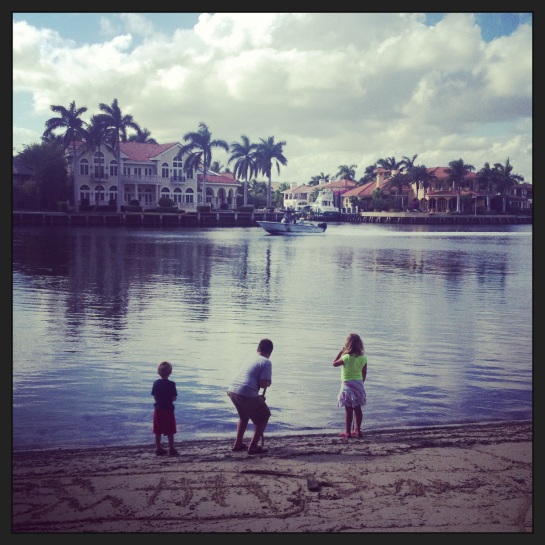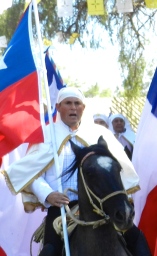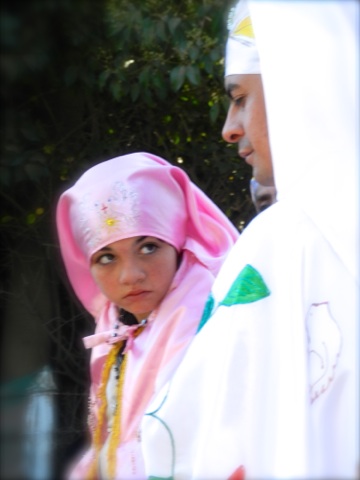
Apparently I am an ” Expat “. That identity crisis only took some thirty some odd years to figure out.
It sure explains a lot.
As a child I remember designing different flags with my best friend. A flag to represent our own country where we both fit in. Her parents were from Argentina, mine from Switzerland and the US. When we entered our homes our language and customs instantly changed.
I was raised under the “melting pot ” theory. Which meant our home was a bubble of the USA. We were all going to speak English, watch TV from the USA and eat ‘ American ‘ food. As a result I have little beyond a passport to show for my Swiss heritage. It also meant that any language or customs that I acquired locally were frowned upon.
To confuse matters even more I attended a school where the students transferred in and out every three years from other countries. This was before the internet era and long distance phone calls were expensive. I tried desperately to stay in touch as a pen pall, but none lasted.
I remember exploding in anger one day after hours of crying. I was mourning the loss of another friendship transferred to some other country. “That’s it! No more!” I was not going bother bonding with anyone anymore at school. I was going local.
My act of rebellion was to recognize and embrace the local culture I had absorbed all along. I had already grown up speaking the local language, listening and dancing to its music and watching local television programs. Over time I looked at my family as the foreigners.
I remember begging to study at the local university. No, I had to study in the USA. So I went thinking, ” I have cable TV , a dad from the US and studied at an American school” I am ready. No, I was not. It was incredibly difficult.
Imagine a Zulu speaking Japanese. That was how I felt. My looks did not match my identity and it angered everyone. They could not pigeon hole me. People yelled at me saying I was lying about who I was, where I came from.
College was temporary, so were those relationships. I knew about that already. All I did was look forward to going home. When I did my parents were surprised. They thought I would fall in love with the “Motherland”. Whose mother? Not mine.
My mother sent me off to Switzerland hoping to kindle that bond that was forbidden in our home. It was too late. I was a tourist and will always be. My roots had not found any sustenance. I responded by mutating. I found a way to grow my own roots.
Since then the “salad bowl” theory replaced that of the “melting pot”. It is how my husband (local of course) and I have chosen to raise our children. You see our family has also packed and unpacked, started over and over. Always the new kid in school… Always the new employee…
Except we do not live in our bubble. We do not melt all of the separate cultural ingredients into one stew. Like a salad, every component of our culture retains its shape, color and texture, its integrity and best of all, we can always add more with every new experience.
“Citizens of the world” is how my children have been described by fellow expats. I tell my kids not to worry about losing their friends because like mommy and daddy, they can stay in touch with social media, e-mail and Skype. I am more open now to new friendships, but sadly still a bit icy on the edges. I am still haunted by the thought of “Why bother, I will be leaving soon anyway…”












